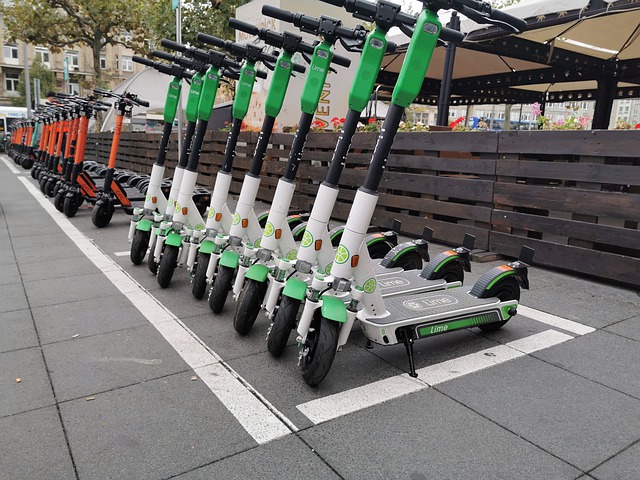A look at injury patterns associated with electric scooter accidents
 Electric scooters have become extremely popular and New York City finally is implementing a first e-scooter share program in the Bronx (see previous blog). The e-scooter wave started around 2017 and researchers have been accumulating data worldwide for a few years that are allowing them to provide pertinent reviews on the risk of accidents and injuries related to e-scooters.
Electric scooters have become extremely popular and New York City finally is implementing a first e-scooter share program in the Bronx (see previous blog). The e-scooter wave started around 2017 and researchers have been accumulating data worldwide for a few years that are allowing them to provide pertinent reviews on the risk of accidents and injuries related to e-scooters.
Yesterday, the Injury Prevention online section of the BMJ Journals released “Injury patterns and circumstances associated with electric scooter collisions: a scoping review”, an in depth study on e-scooter collisions and the resulting injuries conducted by Manish Toofany (Faculty of Medicine, The University of British Columbia in Vancouver, Canada), Sasha Mohsenian, (Faculty of Science, The University of British Columbia), Leona K Shum (Department of Emergency Medicine, Faculty of Medicine, The University of British Columbia) Herbert Chan and Jeffrey R. Brubacher (both part of the Department of Emergency Medicine, Faculty of Medicine The University of British Columbia and the Centre for Clinical Epidemiology & Evaluation (C2E2) in Vancouver).
The researchers were able to gather the materials that have been published worldwide about scooter collisions and their injuries during the previous years to identify injury patterns such as cause, type, body location, and severity of the injury
It came as no surprise that the most common injuries were caused by falls and that the most common injured areas were the upper and lower extremities as well as the head and face. The injury patterns are somewhat similar to injuries suffered by skateboarders but more severe due to the increase speed. Many lower extremity injuries were caused by users putting their foot down as a reflex to try to brake faster. This is a common action by people with no experience in riding them. Upper extremity injuries occurred most often when the rider fell on an outstretched hand which is a also a common reflex in a fall accident. Most head injuries, especially craniofacial injuries could have been prevented if the rider was using a helmet. Unfortunately, very few cities so far have helmet regulations for e-scooters and only a small percentage of e-scooter riders use them.
While a majority of accidents are caused by the e-scooter rider loosing control of his e-scooter, a significant amount of accidents were collisions with other vehicles, cyclists or pedestrians occurring most commonly in the streets or on sidewalks. Therefore restricting e-scooter usage to bike-lanes might significantly reduce the risk of accidents.
While most injuries are minor and most e-scooter accident victims are discharged home after being treated at the emergency room, the study found that a significant amount of them required hospitalization.
The entire study can be downloaded here
 New York Personal Injury Attorneys Blog
New York Personal Injury Attorneys Blog


